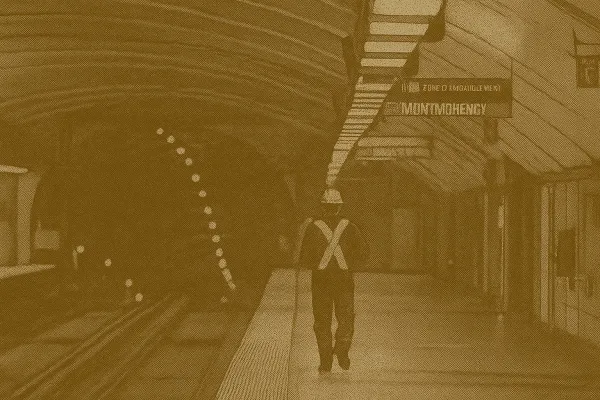Based on coverage from The Globe and Mail and CBC.
Canada is quietly edging closer to joining the U.S.-led Golden Dome defence initiative, a massive air defence system aimed at shielding North America from missile threats. While Ottawa hasn't officially committed to the project, the groundwork has been laid through ongoing discussions between Canadian and U.S. officials. The Golden Dome, first proposed by former U.S. President Donald Trump, would integrate a network of radars, sensors, and weapons to detect and neutralize threats from ballistic and cruise missiles.
Major-General J.D. Smyth, who oversees Canada's NORAD Modernization, has been vocal about the necessity of such a system. He argues that Canada and the U.S. face a shared threat from potential polar attacks, making collaboration essential. "We can't separate the ability to defend from the geography," Smyth noted, emphasizing the strategic importance of working together to counter missile threats.
The Canadian government has already committed nearly $40 billion to modernize NORAD, focusing on enhancing surveillance, improving command and control systems, and upgrading air weapons. This modernization effort is seen as a stepping stone toward the Golden Dome, which aims to provide a comprehensive shield over the continent.
However, the potential costs of joining the Golden Dome are a significant concern. Trump has estimated the system's total cost at $175 billion over three years, with Canada's share possibly reaching $61 billion. This hefty price tag raises questions about how it aligns with Canada's existing NORAD modernization budget and its broader defence spending priorities.
Defence Minister David McGuinty has hinted at Canada's growing partnership with the U.S. in missile defence, emphasizing the need for a "continental shield." While Prime Minister Mark Carney's government has not explicitly committed to the Golden Dome, McGuinty's statements suggest a shift in Canada's defence policy. Last year, restrictions on missile defence activities were quietly lifted, and the government's defence policy update hinted at exploring integrated air and missile defence capabilities.
The geopolitical landscape has changed dramatically in recent years, with Russia's aggressive actions and advancements in hypersonic missile technology reshaping the Arctic's strategic value. The 3M22 Zircon hypersonic cruise missile, capable of reaching speeds up to Mach 9, poses a significant challenge to existing defence systems. Smyth stressed the importance of enhancing Canada's ability to detect and intercept such threats, stating, "The more that we can protect and the more difficult we can make it to an adversary to have a successful strike, the less likely they will conduct a strike."
Despite the potential benefits of the Golden Dome, questions remain about its feasibility and Canada's role in the project. Critics argue that the system's scope and cost may be underestimated, and there are concerns about whether it will adequately protect Canadian territory. The vast distances that need to be covered pose a technical challenge, unlike Israel's Iron Dome, which protects a much smaller area.
Canada's historical reluctance to join U.S. missile defence initiatives adds another layer of complexity. In 2005, Prime Minister Paul Martin refused to participate in the U.S. Ballistic Missile Defense system, citing concerns about sovereignty and costs. However, the evolving threat landscape and technological advancements may necessitate a reevaluation of Canada's stance.
As discussions continue, Canadian policymakers must weigh the potential benefits of joining the Golden Dome against the financial and strategic implications. While the system promises enhanced security, the question remains: what kind of defence will Canada get for its investment, and is it worth the price?








